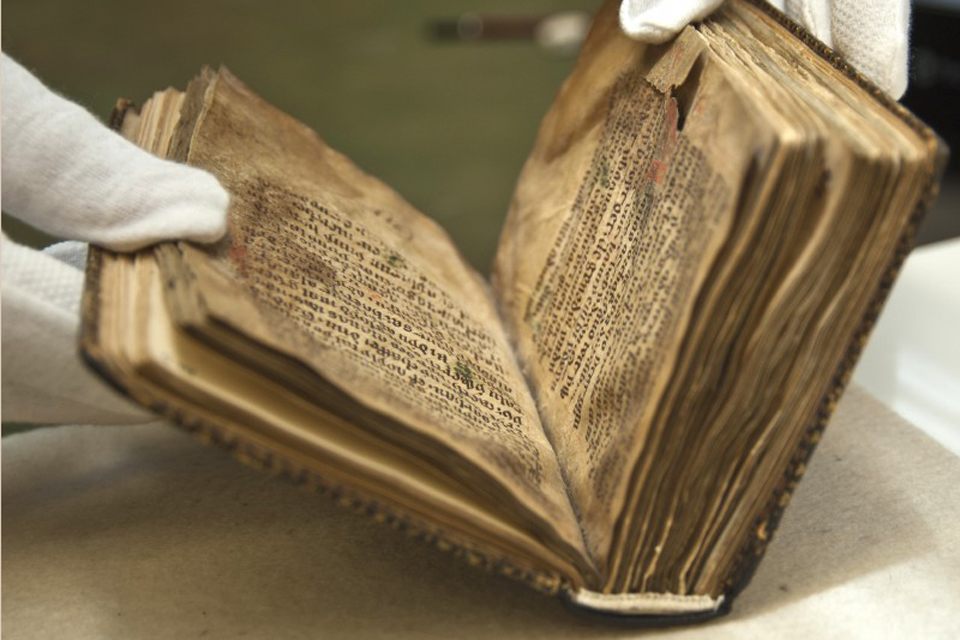Medieval law was never just intended as compilations of rules and regulations. Books of Law were always also dossiers of cultural prescriptions or guides. But were they also imaginative pieces of literature? New book raises the question in connection with a detailed study of the the law-books of Medieval Wales.
Law and the Imagination in Medieval Wales
Robin Chapman Stacey
Series: Middle Ages Series
University of Pennsylvania Press 2018 (18)
ABSTRACT
In Law and the Imagination in Medieval Wales, Robin Chapman Stacey explores the idea of law as a form of political fiction: a body of literature that blurs the lines generally drawn between the legal and literary genres. She argues that for jurists of thirteenth-century Wales, legal writing was an intensely imaginative genre, one acutely responsive to nationalist concerns and capable of reproducing them in sophisticated symbolic form.
She identifies narrative devices and tropes running throughout successive revisions of legal texts that frame the body as an analogy for unity and for the court, that equate maleness with authority and just rule and femaleness with its opposite, and that employ descriptions of internal and external landscapes as metaphors for safety and peril, respectively.
Historians disagree about the context in which the law-books of medieval Wales should be read and interpreted. Some accept the claim that they originated in a council called by the tenth-century king Hywel Dda, while others see them less as a repository of ancient custom than as the Welsh response to the general resurgence in law taking place in Western Europe.
Robin Chapman Stacey builds on the latter approach to argue that whatever their origins, the law-books functioned in the thirteenth century as a critical venue for political commentary and debate on a wide range of subjects, including the threat posed to native independence and identity by the encroaching English; concerns about violence and disunity among the native Welsh; abusive behavior on the part of native officials; unwelcome changes in native practice concerning marriage, divorce, and inheritance; and fears about the increasing political and economic role of women.
TABLE OF CONTENTS
- Introduction. Reading Law
- PART I. IMAGINED LANDSCAPES
Chapter 1. Britain and Wales
Chapter 2. Court and Country - PART II. BODY AND BAWDY
Chapter 3. Bodies and Nobodies
Chapter 4. Humor and the Household
Chapter 5. Sex and Marriage - PART III. VIOLENCE
Chapter 6. Dogs in the Nighttime - Conclusion. Law and the Imagination
- List of Abbreviations, Notes, Bibliography, Index, Acknowledgments
ABOUT THE AUTHOR:
Robin Chapman Stacey – is Professor of History at the University of Washington. She is author of The Road to Judgment: From Custom to Court in Medieval Ireland and Walesand Dark Speech: The Performance of Law in Early Ireland, both available from the University of Pennsylvania Press.

